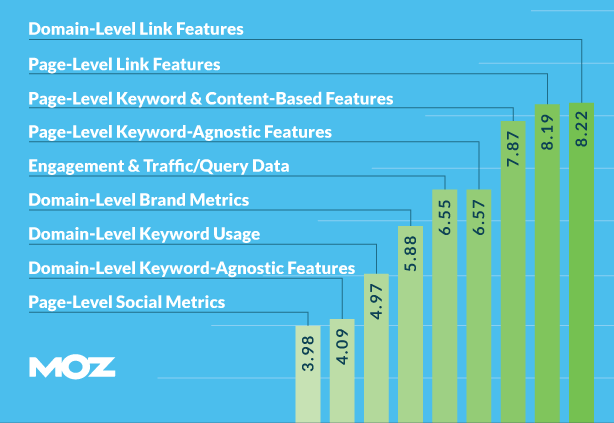
Link building is hard.
And it should be.
Links are supposed to be granted editorially, not something anybody with $5 can buy in bulk.
Search ranking survey data via Moz
But links became a commodity once every SEO and his cousin learned that links are the most important Google ranking factor. Quality? Pffft! Quantity was all that mattered for many link builders.
At least until a little thing called Penguin came along.
Google’s Penguin algorithm torched a lot of websites who were artificially inflating their positions in the SERPs using thousands of low-quality footer links from shady Russian websites (among other schemes).
Link Building in 2017
Ultimately, you have very little control over link building.
Sure, you can email the owner of a website or someone in the media to let them know about your awesome resource. But these email outreach attempts are hard to scale, and fail more often than they succeed.
In truth, link building is typically a byproduct of creating high-quality content that people want to consume, and therefore want to share and link to.
This is equally hard. Most content fails.
The content marketing power law
So how do you create content that attracts links?
To find out, we used Buzzsumo to see which WordStream content got the most links over the past year or so. Some clear patterns emerged.
Here are 10 data-backed tips for how to build links now.
1. Curate Awesome Content
You can turn your own content – or content other people have created – into new forms of content. Typically, these curated content pieces come in the form of “week in review,” “most popular stories,” “top stories,” or “best articles of the year”.
While curated content pieces probably will never attract tons of editorial links, they still add value and help with discovery. Every time you create an internal link to one of your own pages, it can drive your users to that page.
Also, linking to your own content helps tell Google that it’s an important, authoritative page, which can help it rise in the organic search results. (If you never link to your own content, then it probably won’t be viewed as important and it won’t rank well.)
You can also curate content that was published on other websites (or a mix of your own content plus others’ content). For example, WordStream put together lists of the top PPC articles and top SEO posts of 2016.
In addition to having link value, this type of content also builds relationships. People appreciate it when others highlight their great work – especially if it’s in a “best of the year” post.
Those people will also probably help promote your content to their own networks, leading to more people discovering it (and your brand). And who knows – maybe you’ll even get a link (or more) out of it down the road.
2. Give Away Tools
In addition to being a great lead generation tool, offering your own free tools can also win you links. Tools are content, too.
WordStream gives away some great free tools that marketers and SEOs find valuable. Doing so has earned them quite a few links.
WordStream’s Free AdWords Grader
There’s also the Free Keyword Tool, which is one of the best of its kind on the market, and the Facebook Ads Performance Grader.
If you offer a valuable tool that people find useful, they will tell others about it – and, yes, link to it.
3. Share Strong Opinions
Whether you call it an opinion piece, think piece, or simply a rant, boldly sharing an opinion can also earn you some link love – even if you’re writing about something you hate.
For instance, the post 7 Things I Still Hate About LinkedIn Ads voiced some valid concerns about the state of self-service advertising on the business social networking site – and got a lot of links.
Another highly linked article, What’s the Most Important CRO Metric? (Hint: Not Conversion Rate), made an argument that challenges the accepted wisdom of the crowd (that things like button color and location make all the difference).
If you’re going to publish this type of content, always make sure to back up your argument with data or other supporting evidence (e.g., statistics, quotes, patents).
While a little controversy can be a good thing, it should be done in small doses – and never do it in a hateful, mean, or unfair way that reflects badly on you or your brand. You can be critical and offer a point of view without resorting to ad hominem attacks or being a complete ass.
4. Publish Original Data & Research
Marketers love data, and WordStream is known for backing up or testing theories with evidence. So it’s no surprise that original data and research have resulted in hundreds of links just over the past year.
Facebook advertising CTR benchmarks
Among these popular data-backed posts:
- Does Dwell Time Really Matter for SEO? [Data]
- Facebook Ad Benchmarks for YOUR Industry [New Data]
- Did Google’s New Green Ad Labels Affect Ad CTR?
- NEW AdWords Message Extensions Enable High-CTR Click-to-Message Ads [Data]
- Bing’s Expanded Text Ads Even Outperform Google’s [Data]
Original data and research will naturally attract links. Whenever people are writing about the topic of your research, they will likely reference your research – assuming the data is sound, the research is trustworthy, and the results are presented in a non-promotional and authoritative way.
5. Educate Your Audience
Educational content is always incredibly popular. People are always looking to figure out something new, upgrade their knowledge, and advance their career.
By providing learning resources, you (and your brand/business) become viewed as an authority. And people love to share and link to helpful resources.
WordStream’s PPC University
This type of linkable content can come in many forms:
- Best Practices (e.g., 7 Best Practices for AdWords Expanded Text Ads)
- How-to (e.g., How to Use Brand Affinity to Dramatically Increase CTR)
- Ideas (e.g., 3 Crazy-Effective Ideas to Unlock the Full Power of RLSA)
- Strategies (e.g., The 10 Best Online Marketing Strategies to Make You a Unicorn)
- Tips (10 Best Social Media Advertising Tips for Content Marketers)
Whatever form it takes, the key is to be truly useful and help solve problems for your readers. They will be appreciative, and show that appreciation with links.
6. Compile Statistics
People love to cite statistics to help make their points.
So it only makes sense to compile relevant statistics about a topic into your own content – then people will cite you as the source (yes, even if you aren’t the original source of the stats).
For instance, the following five posts combined earned WordStream hundreds of links over the past year:
- 40 Essential Social Media Marketing Statistics for 2017
- 37 Staggering Video Marketing Statistics for 2017
- 23 Facts to Pull Out When Someone Says Content Marketing Doesn’t Work
- 33 Mind-Boggling Instagram Stats & Facts for 2017
- Must-Know Mobile Advertising Stats & Trends
Statistics tend to be scattered across lots of different sites. Bringing them together into one amazing authoritative resource is an incredibly easy way to earn links like crazy.
7. Provide Great Answers to Common Questions
People are looking for answers to all types of questions every day. You want to be the place where your target audience finds these answers. BuzzSumo calls these “authoritative posts that answer core questions.”
Answering questions is a great way to earn featured snippets
WordStream’s Elisa Gabbert wrote a post about some of the top question-based keywords that drive tons of traffic and links for them. These include:
- What’s a good benchmark/metric (e.g. “What’s a good conversion rate?”)
- How to find X (e.g. “How to find your old tweets”)
- How much does X cost (e.g. “How much does AdWords cost?”)
Figure out what common questions you can answer with authority in your industry. Then provide the best answer to that question. The links will follow.
8. Create Original, Useful Infographics
OK, let’s be clear here. Not any old infographic will cut it. An ugly, poorly designed infographic will have zero link building value.
You need to create an original infographic. Something that is designed well and is helpful or useful to your target audience.
All of Facebook’s Ad Targeting Options (in One Epic Infographic) is the perfect example. It looks great and is useful to marketers. Oh, and it was the fourth most linked to page over the past year on WordStream.
Another original infographic, 11 Battle-Tested Ways to Raise Your SEO Click-Through Rate [Infographic], was also incredibly successful at attracting links.
Infographics are time-intensive, and you need a design resource to make them look great. When done well, they are worth it. Just make sure you have a truly great idea and that you never settle for “good enough.”
9. Act Fast on Hot Topics & News
Just about every industry always has something new or interesting to talk about. This is especially true in marketing.
For instance, a lot of news came out of last year’s Google Summit. Google announced several huge changes, which were recapped in 5 BIG Changes Coming to AdWords: Everything You Need to Know (note: this was the fifth most linked to page over the past year).
WordStream had all the angles covered after the event as well, drilling down into some the new ad formats and offering a sneak preview of the new AdWords interface. One of those posts, Google Expanded Text Ads: 10 Things You Need To Know, got the second highest amount of links.
The key to WordStream’s link building success? Moving fast.
Marketers were talking about all the big changes and had lots of questions. WordStream provided important information and guidance and became THE authority. The reward was hundreds of high-quality links.
(By the way, here’s all the news from THIS year’s Google Marketing Next.)
10. Build Your Personal Brand
YOU are your own greatest link building asset. Or, at least, you can be.
The page that got the most links over the last year wasn’t a blog post with the perfect viral headline or any of the other types of content we’ve looked at so far.
It was this page. A bio page for WordStream’s founder.
So how can you use yourself to build links and grow your company’s visibility at the same time?
Become an expert. Build your personal brand.
Become an authority, influencer, or thought leader in your space. Become an in-demand personality. This will lead to numerous link building opportunities.
WordStream’s Mark Irvine at SMX
For example, once you become a recognized industry leader, you’ll be invited to speak at conferences and take part in webinars, podcasts, and interviews.
Every time this happens, the companies you work with will promote you. They will link to your website. And if they don’t do it themselves, it’s an easy ask.
Building a personal brand isn’t simple. It won’t happen overnight. But the long-term rewards are there for the taking if you’re willing to work hard for several years.
The Evolution of Link Building
This is what worked for WordStream. Some of these content formats can work for you, too – but definitely do your own analysis. Every site and industry is unique.
Use a tool, whether it’s Buzzsumo or another link building tool, to see which types of content earned you the most links over the past year. Invest your time and resources into creating more content like those.
Using Buzzsumo to find our most linked content
The definition of insanity is doing the same thing over and over and expecting different results. So stop wasting time producing content that consistently fails to attract any links (or traffic, or engagement, or whatever other metrics matter most to you).
Although link building isn’t rocket science, it’s still really difficult to do well. Let your data guide you to greater link building success!

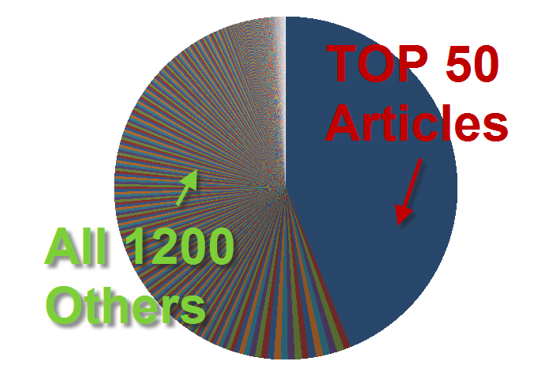

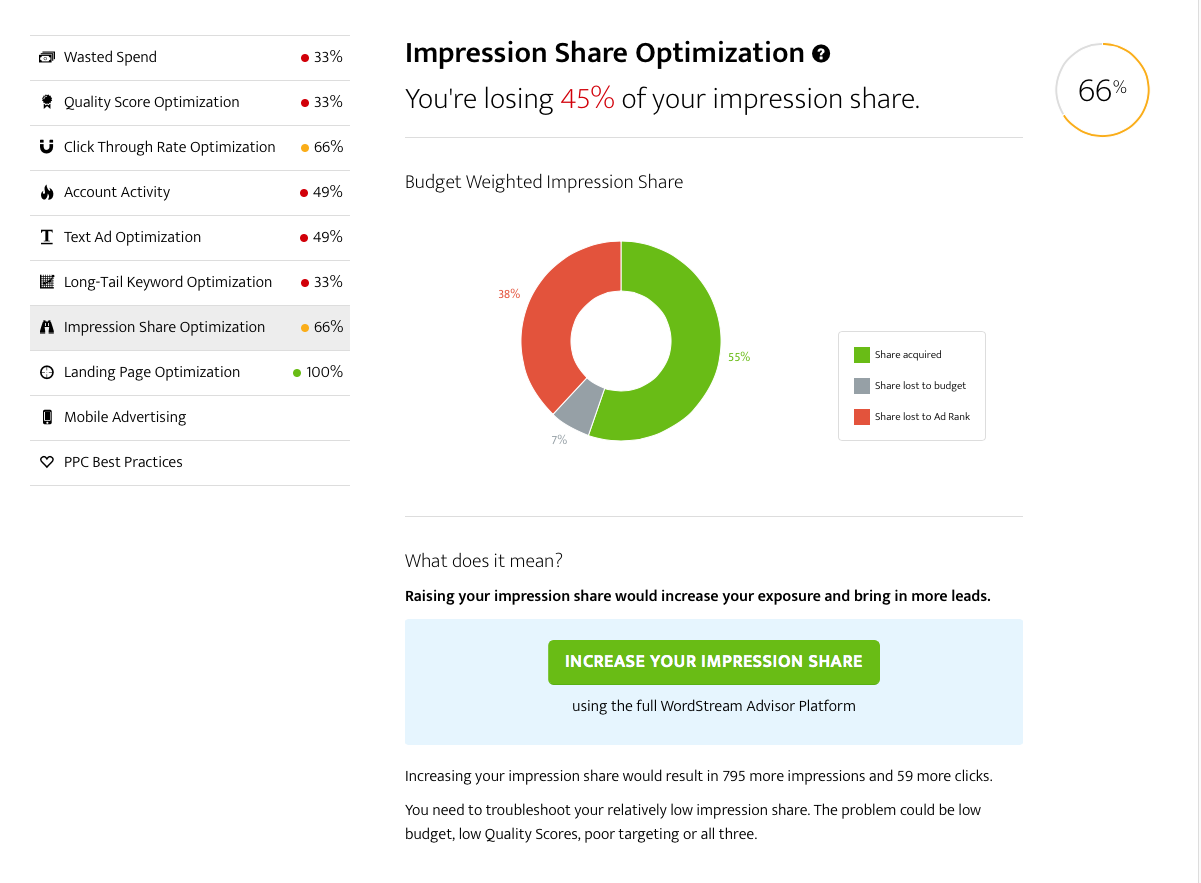



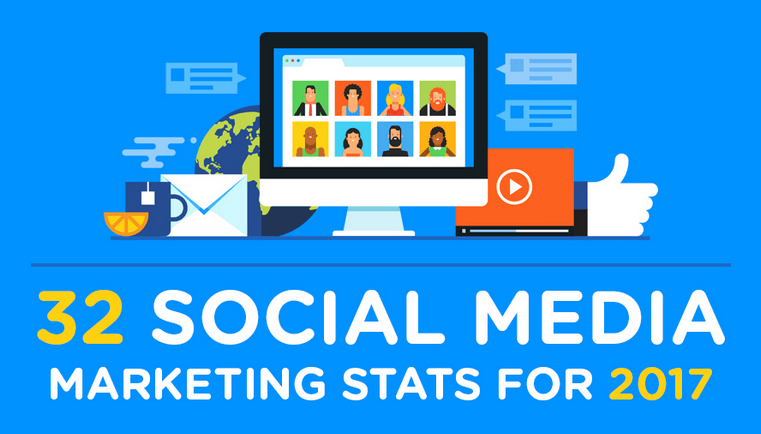
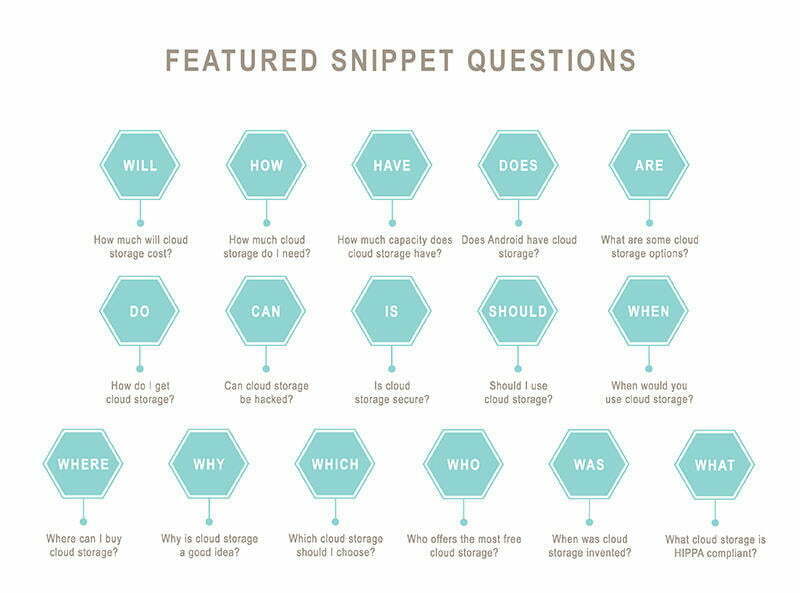
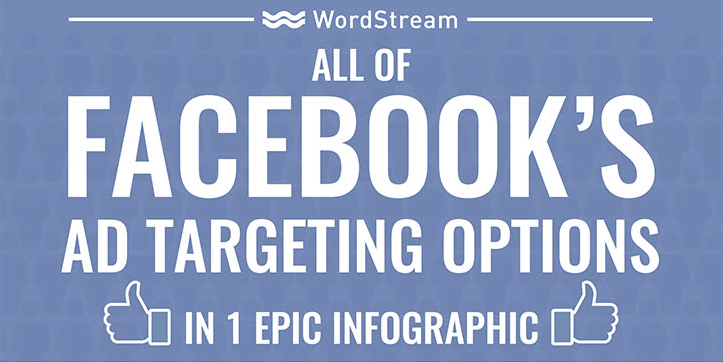



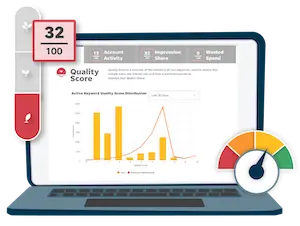







Comments
Please read our Comment Policy before commenting.